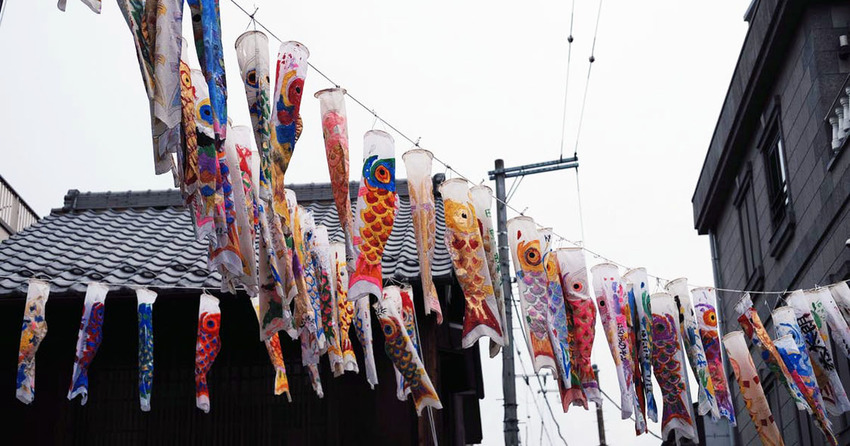日本の祝日『こどもの日』 (にほんのしゅくじつ『こどものひ』)
こどもの
お
ご
Children’s Day: A Japanese Holiday
Children's Day is one of the Japan’s national holidays which was first established in 1948. Children's Day is a day to respect children's personalities, to be happy, and to thank their mothers. As a way of celebrating, it is common to hang the windsocks of koinobori outside, which are cloth streamers in the shape of a carp. Japanese people also celebrate this holiday by decorating gogatsu ningyo dolls, which are dolls wearing armor and helmets to look like warriors. Depending on the region, you may put up something different. In addition, many people may eat kashiwa mochi, which is a traditional Japanese rice cake filled with red bean paste, which is also wrapped by oak leaves. The oak leaves are added as a symbol of "prosperity of offspring."
We hope you all have a good holiday in Japan!
sign up for the Japanese-Online Newsletter
__..-・**・-..__..-・**・-.._ あいうえお かきくけこ さしすせそ たちつてと なにぬねの はひふへほ まみむめも やいゆえよ らりるれろ わゐうゑを ん __..-・**・-..__..-・**・-.._
#JapaneseOnline #LearningJapanese #FreeJapaneseLessons #JapaneseVideoLearning #JapaneseAnime #Anime #JapaneseFood #Bloguru

